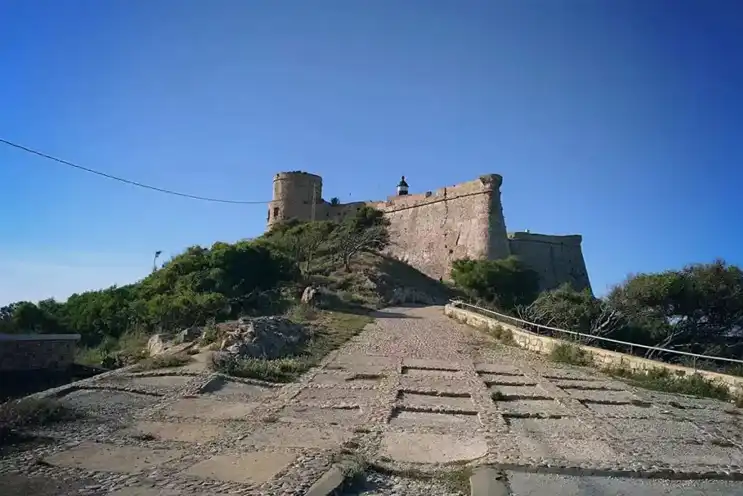The Genoese Fort of Tabarka reopened its doors to the public on Independence Day 2016, ending a three-decade-long closure. This triumphant reopening owed its existence to the dedicated efforts of the Association of History and Monuments of Tabarka (AHMT)..
A Tapestry of History: Tabarka’s Natural Treasures
Tabarka’s rich natural resources and alluring commercial prospects stirred the interest of many settlers. Initially, the promontory’s fortifications evolved into the first castle mound. However, the Spaniards, outwitting Ottoman corsairs, established a presidio for coral fishing, marking the beginning of the fort’s complex history.
The Genoese Era: Fort Command and Maritime Triumphs
In 1542, the influential Genoese banking family, the Lomellini, assumed control of the fort in collaboration with the King of Sicily, representing Charles V. This arrangement offset the war debts incurred by the Spaniards and commemorated the capture of Dragut, a famed corsair and Kheirredine Barbarossa’s right-hand man. The Genoese fort stood as a testament to their prowess and strategic maneuvering.
Evolving Governance: Lomellini and Fortifications
Under the administration of the Lomellini and the Church, the island thrived amid a web of administrative regulations. As threats to prosperity loomed, fortifications expanded, ultimately shaping the formidable rock that stands today. The fort emerged as an impregnable barrier against assaults, thwarting all attempts to breach its defenses.
Shifting Control and The French Connection
In a bid to transfer control, the Genoese negotiated with the French, omitting the Bey of Tunis from the discussion. Enraged, the Bey dispatched his fleet to lay siege to the island. Yet, through cunning strategy, his nephew orchestrated the fall of the island, capturing its dignitaries and sacking the rock in 1742, marking the end of the Genoese influence.
Turbulent Times and Modern Influence
Ali Pasha retained dominion over fishing and coral trade until 1781 when the French established the Royal African Company. During the protectorate era, the French established a European-style city outside the fort’s walls, shaping the Tabarka we recognize today, gazing across to the near island. Amid the Second World War, the Genoese fort transformed into a base for Free French troops, sealing off maritime passages between Tunisia and Algeria.

Comment (0)